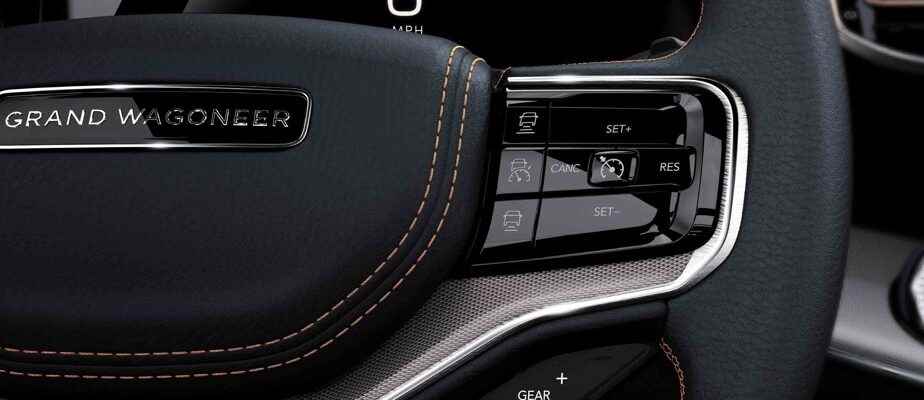For several years now, active safety has been one of the main lines of communication for manufacturers. However, if the brands praise the quality of their vehicles, they overlook the motorist. In many advertising campaigns, we see an inattentive driver, a distracted driver, but both “rescued” by these electronic guardian angels.
Posted at 11:45 a.m.
Although these crutches prove to be of invaluable assistance, it is illusory to rely totally on them. Moreover, several experts are warning the industry about their adverse effects on users.
This fear is all the more justified during the winter period. Indeed, at any time, slush, snow and ice threaten to cause these devices to malfunction. It will then be necessary to return to the good “old methods” which consist of looking over your shoulder to cover the blind spots; or not to inadvertently cross the lane in which you are traveling. The sensors that surround your vehicle will not help you.
Watch out for the cruise control!
These many alerts (blind spots, lane departure, rear cross traffic, etc.) abdicate, others do not, such as cruise control. This one works admirably well for maintaining a steady speed in dry or moderately wet pavement.
On a snowy or icy surface, the cruise control will not detect very changing road grip conditions.
Some will argue, with good reason, that the electronic stability corrector (this has been fitted as standard on all new passenger vehicles sold in Canada since 2012) deactivates the cruise control when entering the scene. But the question remains: is the motorist ready to take control in time? Several studies show that cruise control users are generally less attentive than everyone else. The same is true for users of all these semi-autonomous driving systems currently on the market (AutoPilot, ProPilot Assist, SuperCruise, etc.).
As for owners of electric vehicles, it is also suggested to deactivate the brake energy recovery device and abandon the one-pedal technique in the cold season. Patches of ice on the roadway could, on lifting the foot, cause the vehicle to become unstable and a loss of control could ensue.

